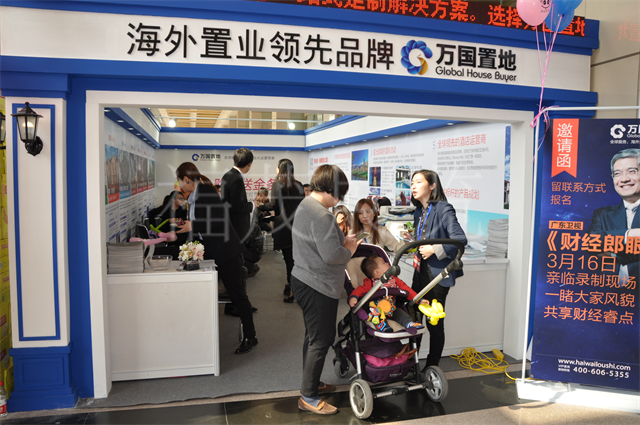Recently, I’ve been getting a lot of questions: “Is it still a good time to invest in overseas real estate? Which places are reliable?” Today, let’s skip the technical jargon and talk about this in plain language.
Let’s start with Southeast Asia, this “hot spot.” Places like Bangkok and Phuket in Thailand are booming with tourism, attracting a constant stream of tourists and naturally creating a high demand for rentals. For example, small apartments in downtown Bangkok can offer rental yields of 5%-7%, which is better than many cities in China. Ho Chi Minh City in Vietnam is also worth considering. Its economy is booming, it has a large young population, high rental demand, and relatively affordable housing, making it a low-barrier-to-entry property. However, a word of caution: Southeast Asian countries have rapidly changing policies, so make sure you understand the local laws and taxes before buying to avoid being scammed.
In Europe, Portugal and Spain’s “Golden Visa” programs are quite popular. Buying a property grants residency and access to EU benefits, making it suitable for those who want to combine immigration and investment. For example, properties in Lisbon, Portugal, offer complete amenities, convenient living, and stable rental income. In major Spanish cities like Barcelona and Madrid, properties hold their value well and are easy to resell. However, European countries have high taxes and maintenance costs, so careful cost-benefit analysis is crucial.
In established developed countries like the US and Canada, the real estate market is mature and stable. States like Florida and Texas in the US offer stable property price increases and reliable rental yields. Vancouver and Toronto in Canada, while having high property prices, boast excellent educational resources, large Chinese communities, and easy resale. However, these areas have strict lending policies and high down payment requirements, so sufficient funds must be prepared.
Now let’s talk about emerging markets, such as Dubai. This place has low taxes, rapid property appreciation, and allows foreigners to freely buy and sell. Apartments in downtown Dubai can yield rental yields of 6%-8%, and offer luxurious amenities and convenient living. However, be aware that the Dubai real estate market is highly volatile, so timing is critical for investment.
Investing in overseas real estate also requires careful consideration of risks. Currency fluctuations are a major pitfall; money exchanged today may depreciate tomorrow. Political risks must also be considered. For example, some countries’ policies can change suddenly, with property taxes rising abruptly or restrictions on foreign buyers being imposed, potentially leading to significant financial losses. Maintenance costs are also a factor; property fees, taxes, and repairs are higher overseas than in China, so careful calculation is essential.
So how do you choose? For ordinary people, it depends on their individual circumstances. If you want to earn rental income, choose popular tourist destinations or large cities; if you want residency, keep an eye on countries with immigration policies; if you want to preserve long-term value, choose areas with stable economies and population growth. Regardless of your choice, you must personally visit and inspect the property, checking the surrounding environment and amenities, and talking to locals. Don’t just listen to the hype from real estate agents.
Finally, let’s be honest: overseas property investment is not a “sure thing.” Do your research and act within your means. Don’t be envious of others’ profits; decide based on your own funds and risk tolerance. After all, what suits you best is the best choice, isn’t it?







